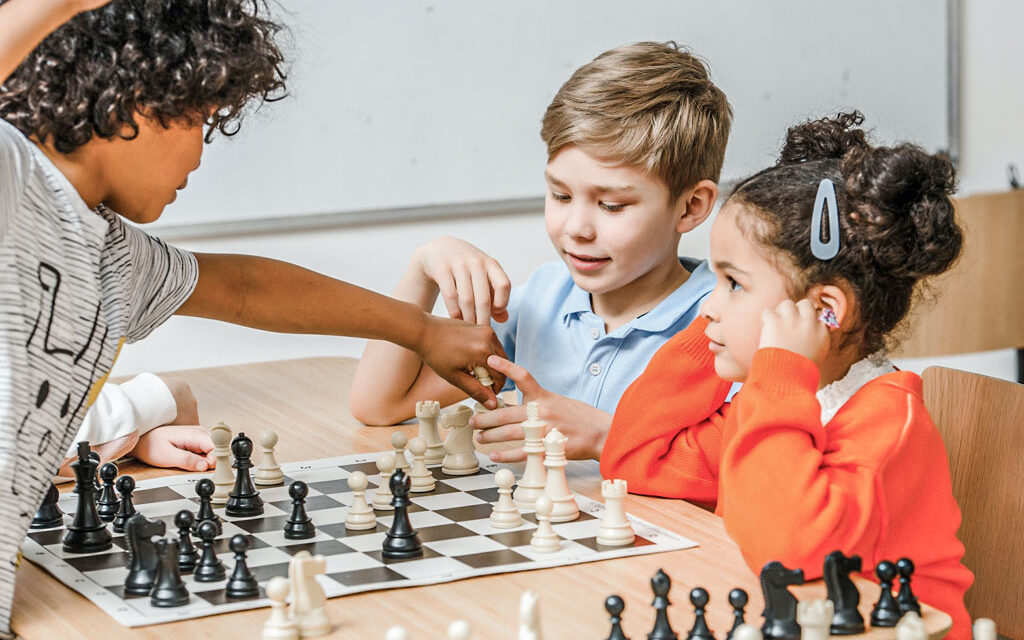


In this book, Silman teaches the foundations of positional play through a very logical system of thinking.
#Top ten chess books how to
Jeremy Silman’s How to Reassess Your Chess helped me cross this divide. Intermediate players are considerably good at tactics, but while some will remain at this fundamental level, others will develop understanding of real chess and mature from being just a tactical to a positional player. Pinning, forking and skewering all become second nature to us that we don’t really miss them except in time trouble or blitz games. I’ve paid my dues as a chess player, and here are my list of the best middlegame books that I turned to at one point in time and still refer to whenever my middlegame play gets very depressing.Įveryone begins by learning tactics and we get very adept at them. One part of this process is serious self-reflection, and the other is the diligent survey of middlegame literature which we, fortunately, enjoy much of. In my opinion, the best way to develop our middlegame abilities is to identify which skills we are wanting and find books that will fix them. The middlegame, in other words, measures true chess talent. Sure, chess books can tell us what middlegame skills are vital or instruct us how to improve calculation or intuition, but the extent that we develop them depends much on our chess aptitude. Whereas reasonable proficiency at openings and endgames could be achieved with general understanding, memorization of choice lines, and honing of technique, mastering the middlegame always proves baffling. Studying the middlegame poses some of the most difficult challenges in chess training. The middlegame requires many important chess skills such as calculation, judgment, intuition, assessment, and planning that strong players often create the decisive advantage in this phase of the game.

Chess’ real battle lies in the middlegame, and it’s where good players make their mark.


 0 kommentar(er)
0 kommentar(er)
